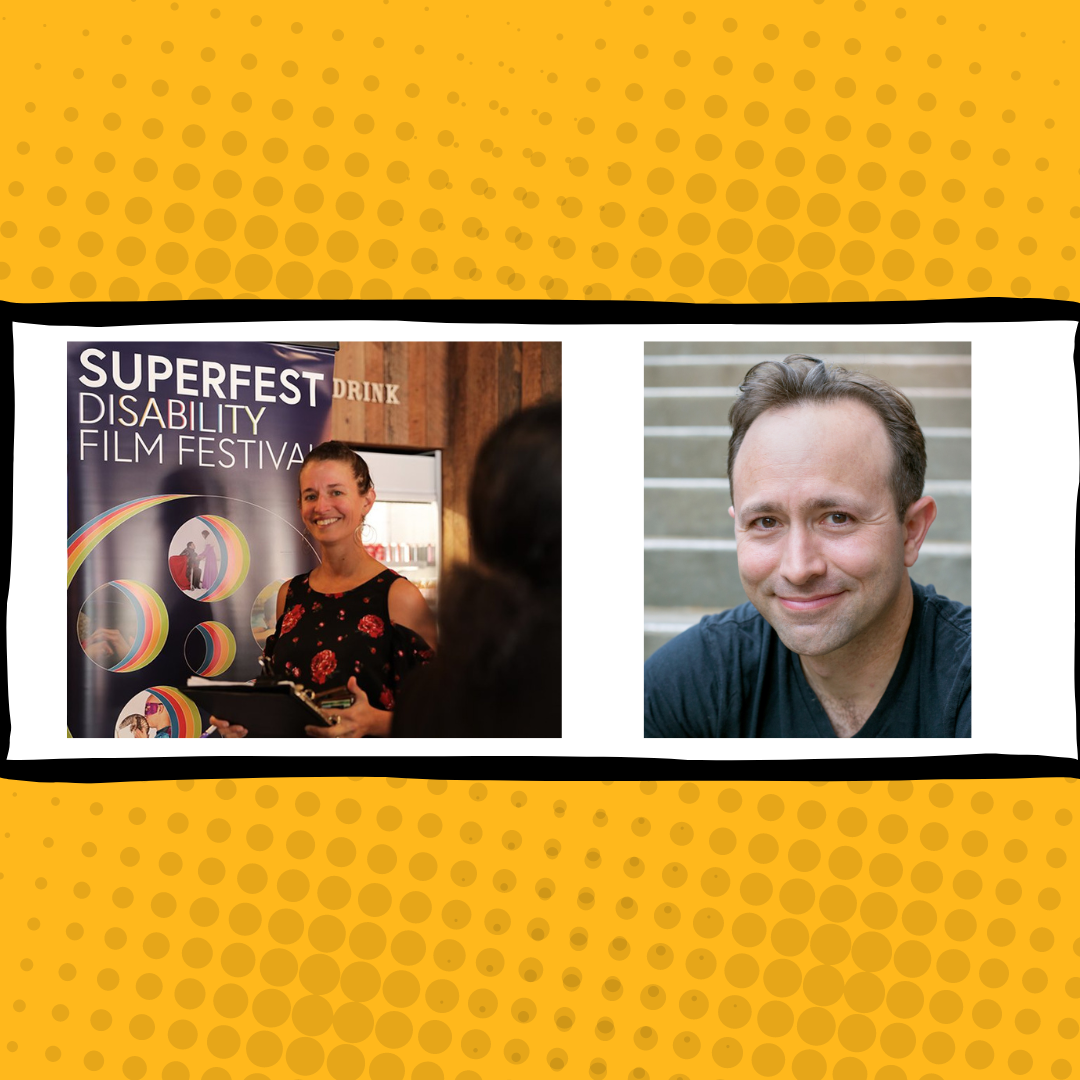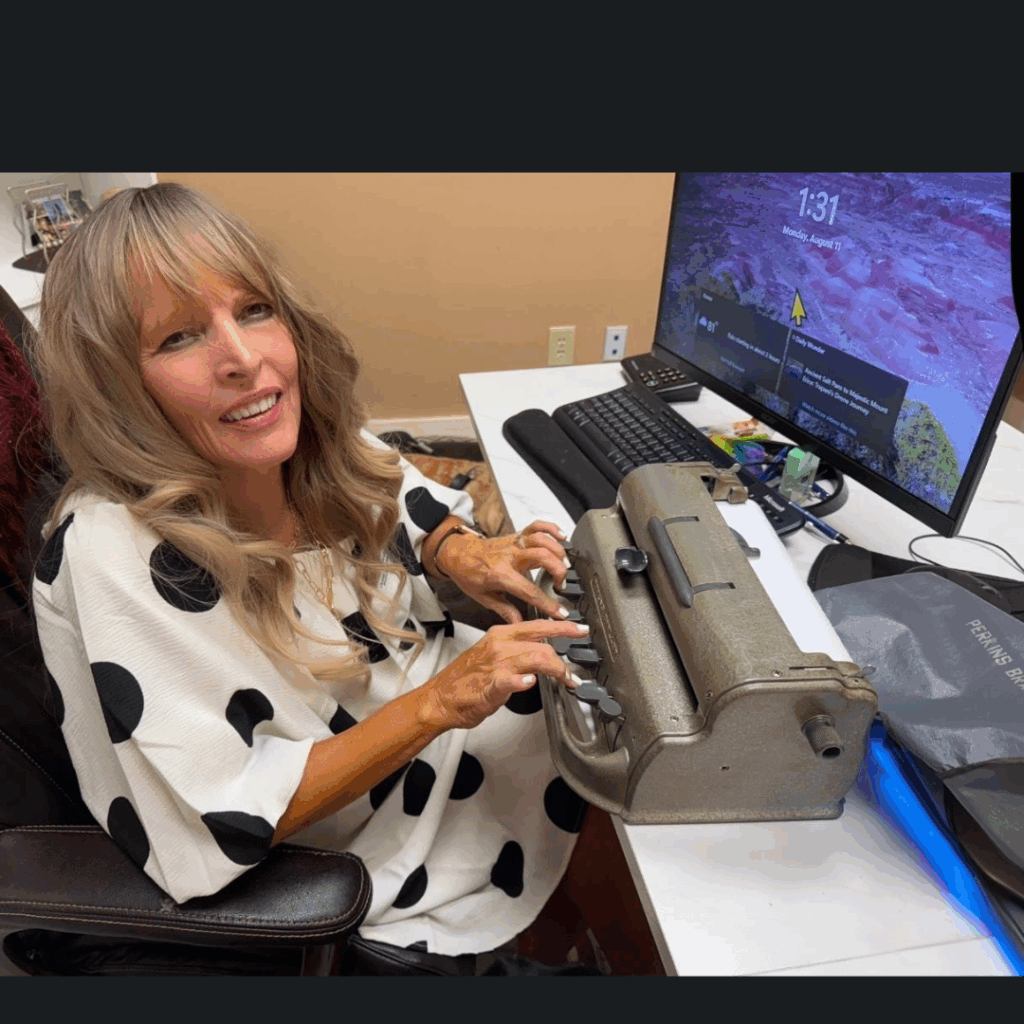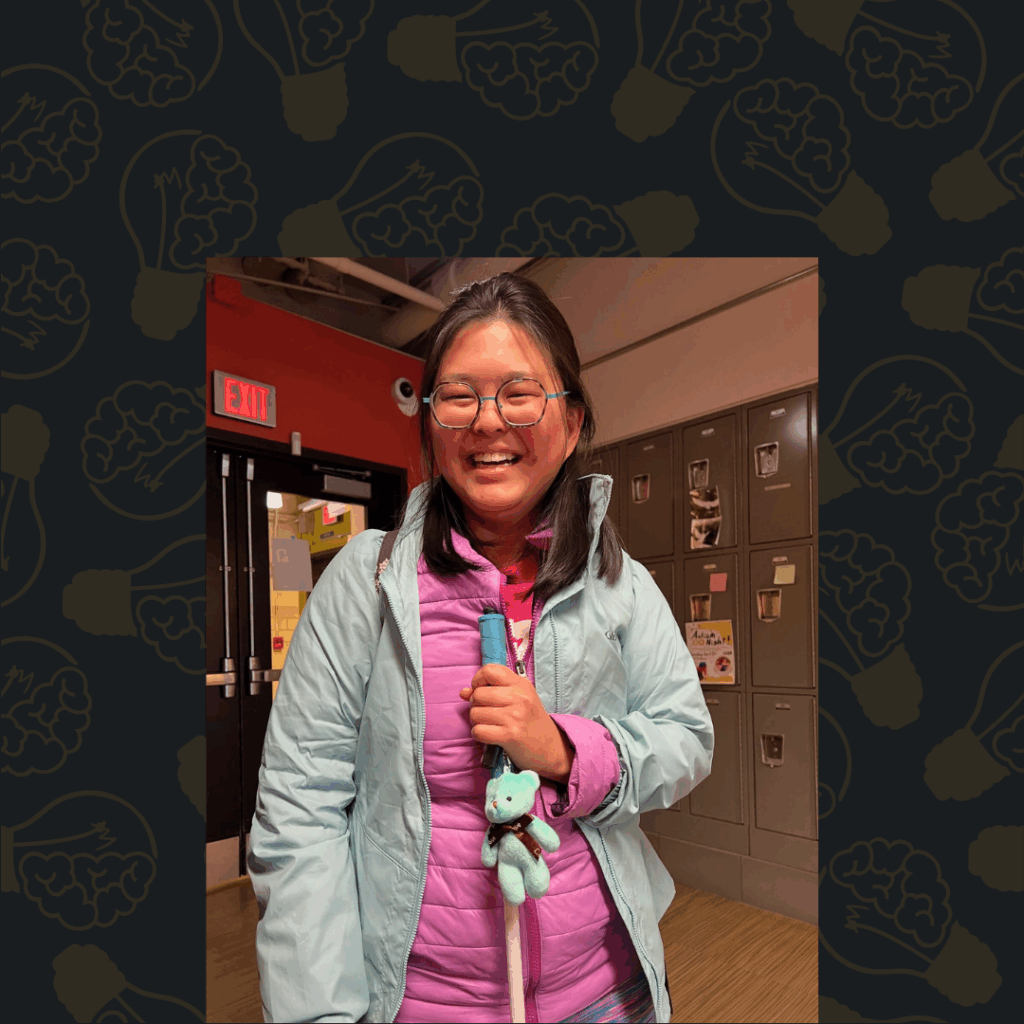Comics are a major form of popular culture and increasingly called upon as vehicles for conveying information – from health to education – and are central to literacy development for young readers.
Yet for people who are blind or low vision, there are very few – if any means – of accessing the comics form available today. In an effort to explore possibilities for access, we, along with our colleague Yue-Ting Siu (who has since left after a career switch), came together in an interdisciplinary collaboration at San Francisco State University, now known as the Accessible Comics Collective.
Becoming the Accessible Comics Collective
Though we’re all from different disciplinary backgrounds, we all connected through an interest in access for the visual arts. Nick had drawn his groundbreaking doctoral dissertation entirely in comics form with the intention of making big ideas accessible to a broader audience (subsequently published as the graphic novel Unflattening).
Ting and Emily both shared experience working with the blind community: Ting as a Professor of Vision Impairments, Emily in her work at the Longmore Institute on Disability where she advises museums and filmmakers on how to make visual works accessible to the blind community.
Our collaboration kicked off with a panel in Spring 2021 that brought together comic makers and blind access professionals with the goal of uncovering existing accessible comics projects and future directions for development. With 845 registrants, the demand for this discussion was overwhelming, and a rich conversation followed that exposed a clear need for more innovation.
We dove into hosting further panels that centered on the expertise of comics makers, access professionals, and blind comics enthusiasts. In the summer of 2022, we launched a competition to motivate new innovations, inviting proposals from teams (where each had to include at least one blind member) to either adapt a traditional comic into an accessible version or produce a new comic “born accessible.”
In April 2023, the selected prize winners showcased their projects in a public event, where blind access experts offered them live feedback to help guide their projects’ further development while highlighting strategies others might consider in attempting similar projects. An exhibition is currently being planned to showcase the completed projects.
Making visual art accessible to folks who are blind and visually impaired
Last Spring, we had the opportunity to put what we’d been learning into practice and created a comic that demonstrated some of those principles.
We created a physical comic with accompanying audio track for MIT Technology Review: “Comics Beyond Sight: A Highly Visual Case for Blind Access.”
Its content explored the approaches and challenges of translating such a highly visual medium into non-visual forms, and its accompanying accessible version sought to demonstrate how this could be possible, even with Nick’s complex artistic style.
Keeping the accessible comics conversation going
The Accessible Comics Collective recently hosted “The Messy Work of Making a Visual Medium Accessible: Tactics and Techniques for Audio Describing Unflattening,” a conversation led by Nick with blind access experts Georgina Kleege, Josh Miele, and Silvana Rainey as they explored three audio description translations of his graphic novel. The plan was to learn out loud together about the tough choices and strategies for making complex visual comics accessible to blind and low vision readers.
During the discussion, the group tackled topics including: what visuals can be rendered through words and what can get lost in the translation? To engage the blind listener, how far from the original art form can description stray while still honoring the artist’s work? And why is it so important – with even the most visually complex work – to tackle innovative forms of access?
If this can be done for Unflattening, it can be done for all comics!
About the Accessible Comics Collective
Watch “The Messy Work of Making a Visual Medium Accessible: Tactics and Techniques for Audio Describing Unflattening” – and check out the visual description samples (in audio or transcript form) to get the most out of this event.
You can also learn more about this initiative – and watch recordings of the past programs at SpinWeaveAndCut.com/Blind-Accessible-Comics.
Want to join in? Find the Accessible Comics Collective working group on Facebook.
About the authors
Emily Beitiks is a leader in promoting access in museums, film, and most recently comics in her role as the Interim Director of the Longmore Institute on Disability at San Francisco State University.
Nick Sousanis is the author of Unflattening and a professor of comics studies at San Francisco State University. You can learn more about his work on his website, SpinWeaveAndCut.com.



